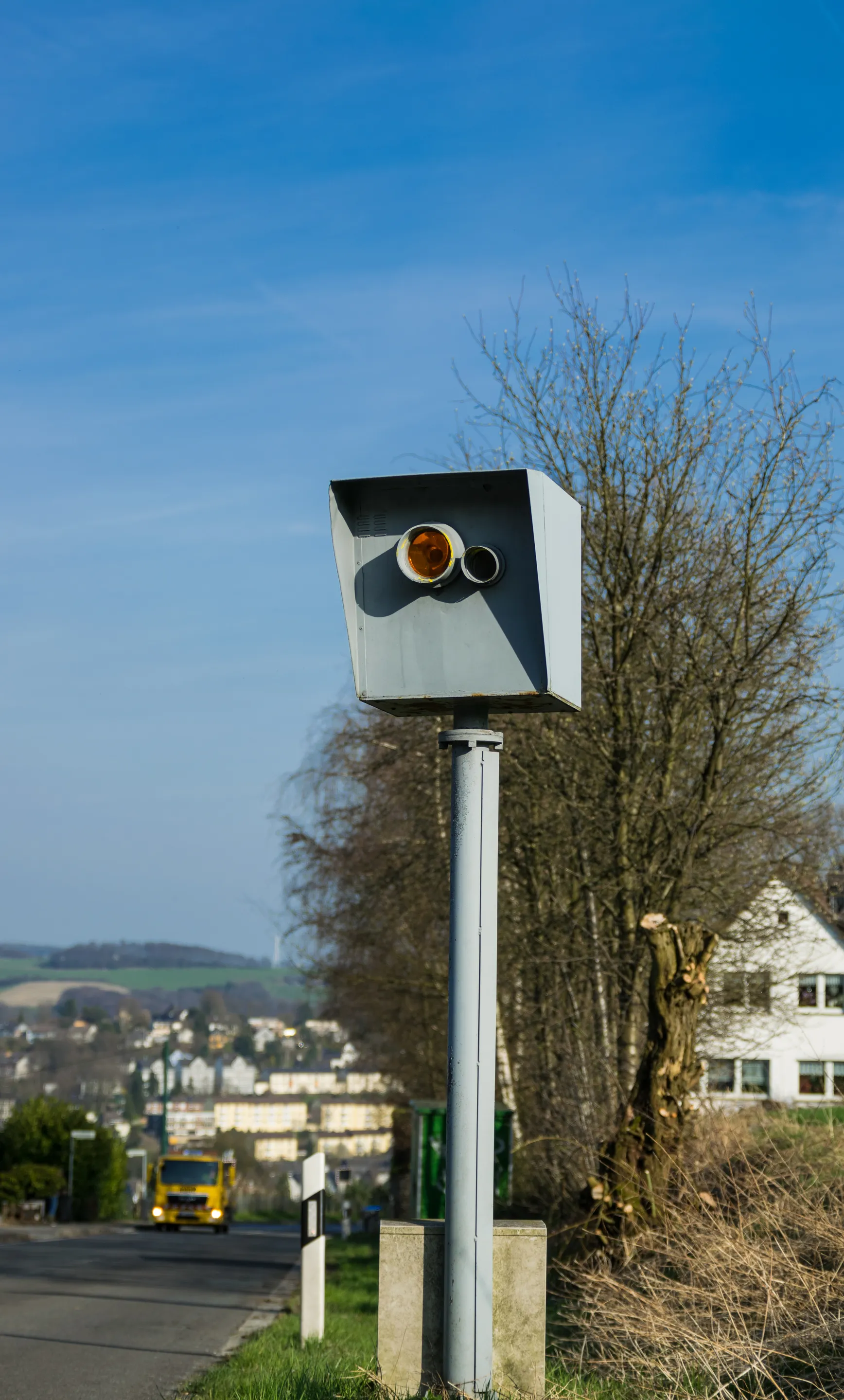The authorities in the UAE have released data showing that over the past 15 years, at least 224 people were killed in crashes involving mini-vans, buses and trucks on the country’s roads. For the most part the fatalities involved workers going to, or coming back from, work and on stretches of major highways with speed limits of 100km/h. The deaths averaged 14/year. Records show the crashes were due to largely to reckless driving by the drivers of the heavy vehicles.
May 13, 2014
Read time: 1 min
The authorities in the UAE have released data showing that over the past 15 years, at least 224 people were killed in crashes involving mini-vans, buses and trucks on the country’s roads. For the most part the fatalities involved workers going to, or coming back from, work and on stretches of major highways with speed limits of 100km/h. The deaths averaged 14/year. Records show the crashes were due to largely to reckless driving by the drivers of the heavy vehicles.








